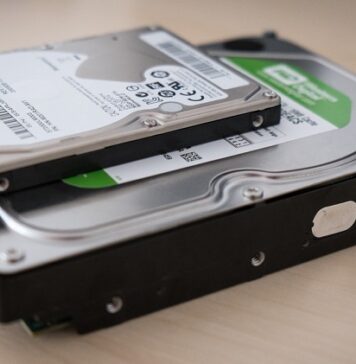Sometimes while working on the Windows platform, you might arrive at a situation where you are just not able to delete particular files. There might be many reasons behind this. Either the file you are trying to delete might be used by some other application or it might be corrupt. Such files are often classified as “In Use” files.
In this case, Windows might direct you to a program using this file. Though sometimes, even if you close all the applications using the file, you still cannot delete it.
So let us take a look at some other ways to rename or delete a file Already in Use.
Must Read: How To Get Rid of Windows 10 File Explorer Ads?
Table of Contents
Rename or Delete an Already in Use File by Closing the Windows Explorer
In some case, you have closed all the applications using a particular file (which you want to delete), but still not able to perform the delete action. At such times, it is preferred to check whether your Windows Explorer is using this file or not.
In such case, transfer other files in the folder to another temporary folder, and delete the folder containing the immovable file. If this doesn’t work, you need to close the Windows Explorer. Start Task-Manager by Right Click on Taskbar and click Task Manager.
Must Read: How To Rename Multiple Files Simultaneously In Windows 10
Out of all the displayed applications, check for Windows Explorer. Right-click on it and select End task. As Windows Explorer is responsible for Taskbar and Start Menu, you need to restart it. Go to File > Run and type File Explorer.exe and press Enter.
Rename or Delete an Already in Use File by Changing the File Extension
Changing the File Extension can sometimes prove to be an effective way to Rename and Delete an Already in Use file. For e.g. you want to delete a .docx file. Select this file in the Windows Explorer, press F2 and change its extension to something else like .mp4 or any other valid extension type.
For this, you might need to enable extensions first.
For Windows 8 and above versions, click on View tab and tick the File name extensions box.
For all the previous Windows version, click on Start Menu and search for folder options. Click on this to open a Window. Scroll down and uncheck the option of “Hide extensions for known file types”. Click OK.
Rename or Delete an Already in Use File by using Third-Party Utility
Installing of any Third-Party Utility can come to be very handy, in case you are unable to rename/clean-up/delete particular type of files. Such third-party utility tools run a script before Windows completes its boot up process and further lens all the restrictions on those files and prevent them to be deleted.
Popular freeware Unlocker can be used in order to determine the programs that are using the particular type of files. Download this freeware and install it. Once installed, it will add an option in the context menu with the name Unlocker to help you get an overview of all the process that are running the file you want to delete. Click on the Unlock All button to close all the program that are preventing the required file from being deleted.
Rename or Delete an Already in Use File by using Command Prompt
Making some form of code editing in the Command Prompt is one of the ways to rename or delete a file Already in Use. Press the Windows + R Key. Type cmd.exe and then press Enter.
- Type “ren” or “del” in order to either rename or delete a file and hit the spacebar once.
- Drag and drop the particular locked file in the newly opened Command Prompt window. In order to rename a file, you need to put the new name of the file with the command along with the extension. (See the above image)
- You need to close the Windows Explorer in order to release the lock on all files in use (check the method above). For doing so, firstly, close all Explorer windows and open up Task Manager by simultaneously pressing Ctrl-Shift-Esc. Switch to the Processes tab.
- Look for the entry named explorer.exe, select it and click on End Task.
- Move to your command windows and hit Enter to activate your prepared command. If everything has gone well, your file should be deleted or renamed without any hassle.




























